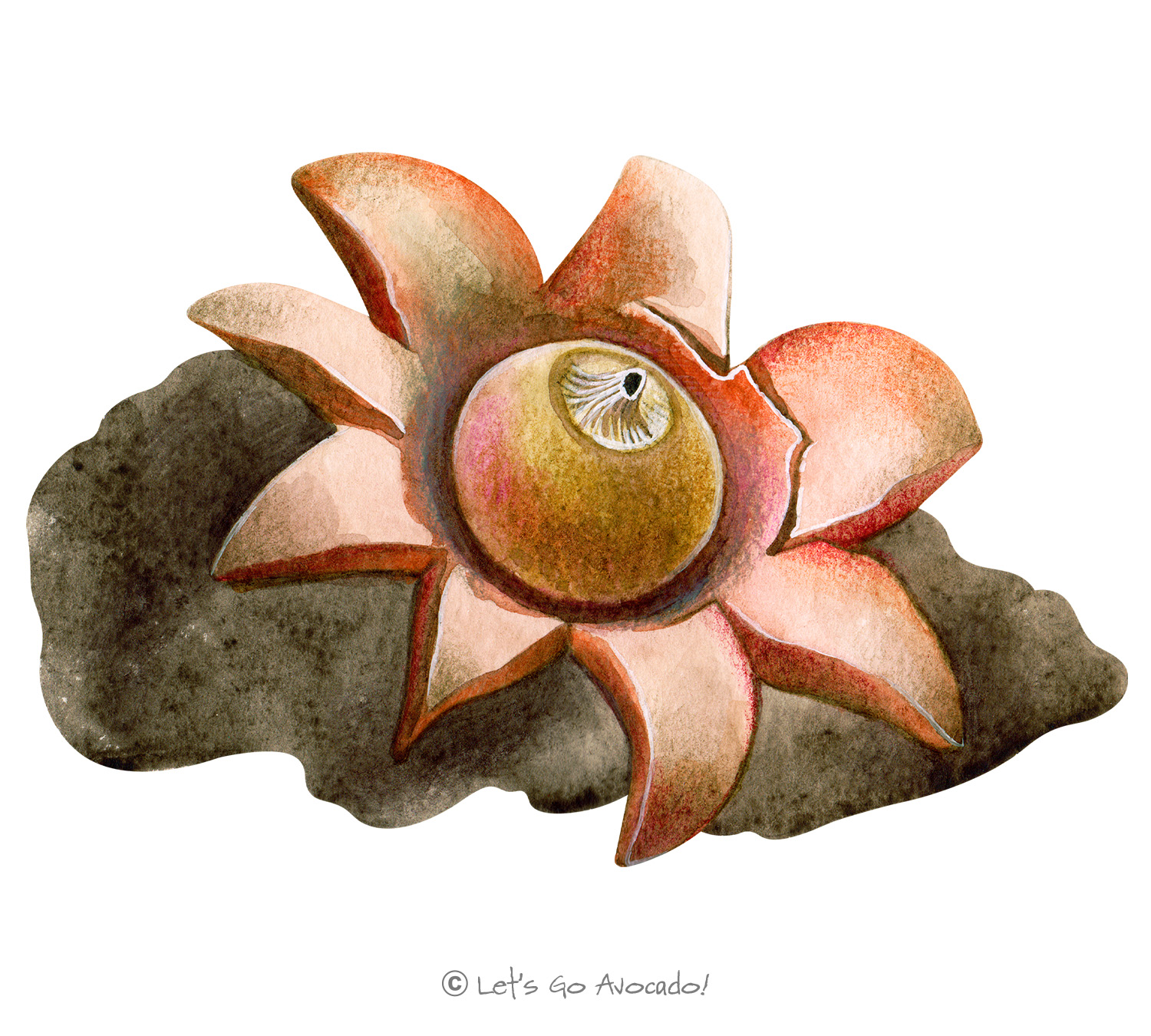

Earthstar Gaestrum
Geastrum
This page may contain affiliate links.
Read our disclosure and privacy policy here.
Earthstars, belonging to the genus Geastrum, are aptly named for their star-like appearance when their outer layer splits and peels back, forming pointed “arms” that resemble a star. These unique structures are puffballs, releasing their spores when they’re pressed upon by, for example, falling raindrops.
Earthstar Gaestrum
Common Name
Latin Name
Distribution
Appearance
Size
Habitat
Diet
Lifecycle
Defense Mechanisms
Ecological Importance
ConservationThe act of protecting and preserving natural resources and the environment. Conservation efforts are important to protect beavers and their habitats. Learn More Status

There’s a lot to explore right where we are, in our own neighborhoods and backyards! Join us while we get off the couch and explore the everyday wonders of nature, science, space, engineering, art, and anything else we stumble upon during on our adventures.







